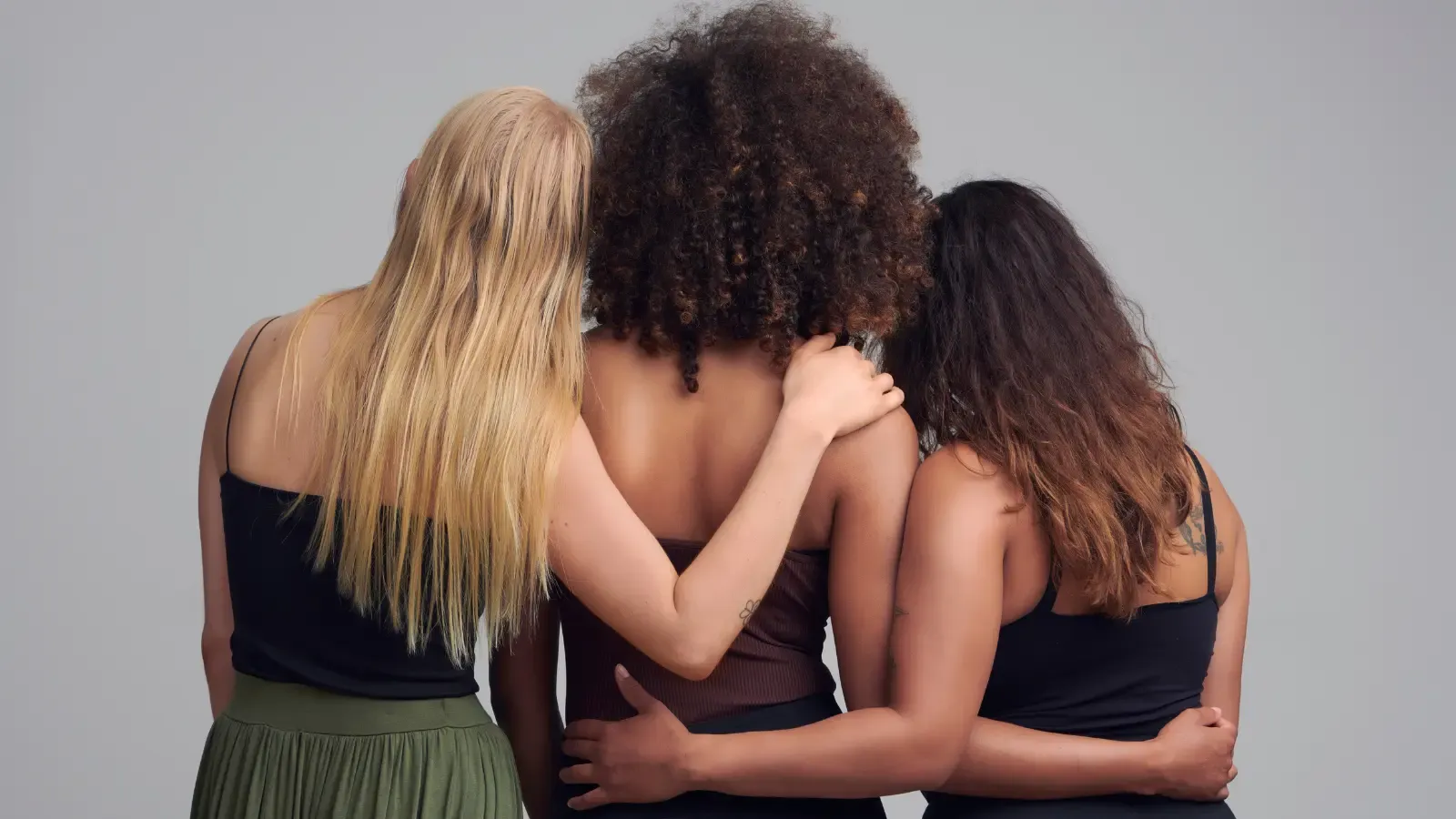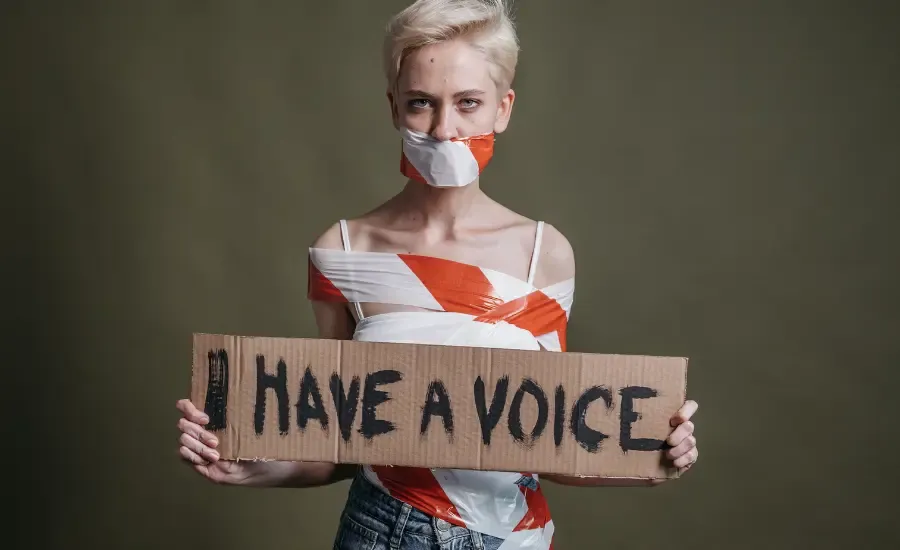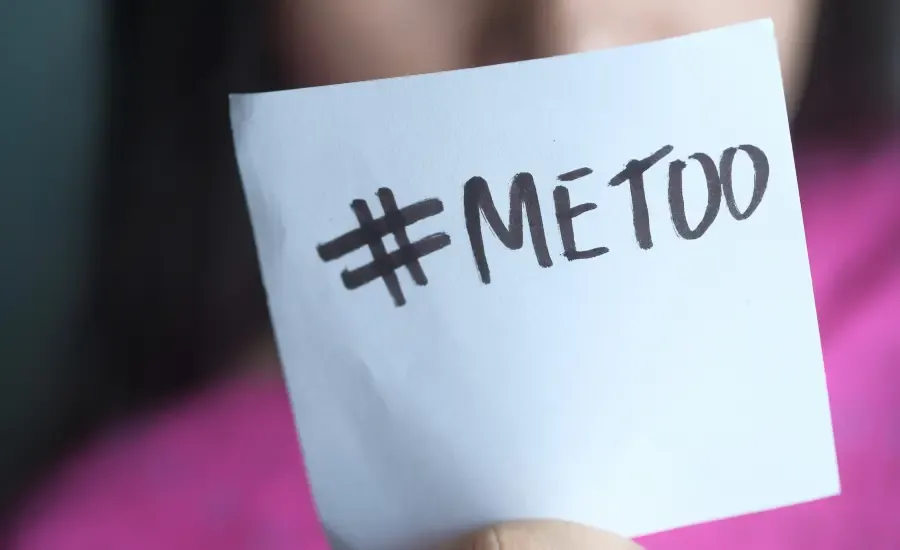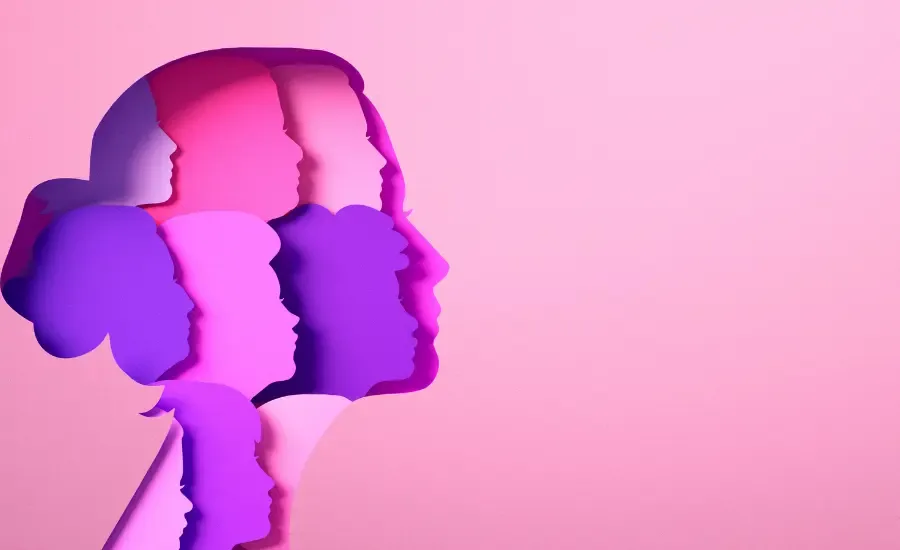
I’m A Feminist, and I don’t Believe All Women
Blake Lively, Justin Baldoni, and the phrase “believe all women” – a recipe for online outrage and a crucial conversation
The truth is that I was skeptical about whether I should write something about the case due to the sensitivity and the complexity of the situation, but since I’m invested in this ongoing scandal for different reasons, I just put my thoughts on the feminist perspective, which is taking a massive hit over the last months.
The Legal Battle That Started as a Feud
The legal battle between Blake Lively and Justin Baldoni is pretty much well-known since it has been in the spotlight since last August. A movie that didn’t end well, apparently, and wasn’t promoted well. Blake Lively and Justin Baldoni obviously didn’t share the same vision, and the case escalated fast into a huge legal battle, which keeps us in suspense pretty much every day. The most important thing is the alleged sexual harassment that Lively experienced from Baldoni and, therefore, her initial complaint and subsequent lawsuit against him, his company, and his PR team. This critical issue of her complaint, the SH, is the one that is causing a massive online -and offline- debate and raises skepticism over whether we “believe all women.” While we all believed Lively when her complaint went public, Baldoni replied by contradicting her claims and publishing evidence to the contrary—that he didn’t harass her and that Lively had allegedly taken over the whole movie. And then we started doubting whether Lively is truthful about her allegations.
And this is where the problem stands. So far, all the evidence that went public shows that Lively hasn’t been that sincere or, at least, hasn’t been able to prove her SH allegations against Baldoni. And a large percentage of the audience felt the same.
And the discourse over the “we believe all women” started
I am not gonna get into details about the whole lawsuits and accusations among the parties, aka the smear campaign, the defamation, etc. While I consider myself a feminist, I do not believe that “believing all women” is a productive or just approach. True feminism requires critical thinking and a commitment to fairness. And the statement “believe all women” shouldn’t apply to every situation. This is a problematic approach, and it can cause even more problems than the ones it’s supposed to solve.
The "Believe All Women" and its Misinterpretations

Up until recent years, women's reports of sexual harassment and assault have often been dismissed, doubted, or outright ignored. Their voices have been silenced, their testimonies doubted, and their pain minimized. Women, either public persons or everyday individuals, who have come forward in the past have been ridiculed, ostracized, and even threatened, which is a key reason why many victims are afraid to speak up. This hostility towards women who speak up stems mainly from deeply rooted societal biases and power inequalities that have been conquering the Western world from its origins. The “believe women” movement aims to address the inequality that women face when reporting by crediting the voices of those women who were marginalized and silenced. Often, those who commit these acts are in a position of power over their victims, which makes coming forward even more difficult.
The #MeToo movement helped significantly to strengthen the voices of survivors
The movement highlighted the need to challenge the culture of disbelief that silenced victims for so long. As a response to the #metoo movement, the phrase "believe women" emerged as a direct response to this systemic disbelief towards women by shifting the narrative and emphasizing the importance of taking women's experiences seriously.
The phrase gained significant traction during the 2018 Supreme Court confirmation hearings of Brett Kavanaugh when Christine Blasey Ford testified about her allegations of sexual assault. The intense scrutiny and skepticism faced by Ford underscored the need to address the culture of disbelief. It aimed to counter the tendency to automatically doubt women's credibility, especially in cases involving sexual violence. The phrase calls for a shift in societal attitudes and a greater understanding of the complexities of consent.
“Believe Women” vs. “Believe All Women”
There's a distinction between "believe women" and "believe all women." Some argue that the first phrase emphasizes taking women's experiences seriously, while the latter can be interpreted as demanding unquestioning acceptance of every accusation made by women.
The intention of "believe women" was to create a space where women felt safe to come forward without the fear of being scrutinized and mocked, but it was not necessarily intended to imply that every accusation is automatically true; instead, that women's voices deserve to be heard and taken seriously. It is a way to tell victims that they are not alone and that their experiences matter and should be taken into account.
The Misinterpretation

The phrase “believe all women” is frequently taken literally, meaning that every statement a woman makes, regardless of context or evidence, should be automatically accepted as accurate and truthful. And this is where the core problem lies. This literal interpretation has led to situations where accusations alone, without any supporting evidence, are treated as absolute facts. And we have a binary situation, where either you believe 100% of the statement or you are seen as being against women; which eliminates the necessary nuance required for complex situations and disregards the possibility of misinterpretations, misunderstandings, or even, in rare cases, false accusations.
This interpretation—demanding automatic acceptance of an accusation because a woman initiates it—bypasses the fundamental principles of due process and fairness. It undermines the right to a fair hearing and the presumption of innocence. It creates a situation where there is no room for investigation or for the accused to defend themselves.
The phrase was never intended to suggest that women are incapable of being wrong, mistaken, or even intentionally dishonest. However, we tend to neglect the fact that women are human, and various factors can influence their experiences and perceptions. It does not mean that women cannot be held accountable for their actions or statements. And this phrase can undermine the goal: to create a society where women's voices are valued and their experiences are respected.
The Blake Lively and Justin Baldoni Case
The legal battle between Blake Lively and Justin Baldoni is the perfect example of how we misinterpret the “believe all women” stance. While Blake Lively claimed that she was harassed by Baldoni, in the brief video clip his attorney made public, Lively appears to touch Baldoni in a way that some interpreted as dismissive or uncomfortable, while others saw it as a lighthearted, friendly gesture. This seemingly minor exchange ignited a social media battle, with contradicting interpretations quickly solidifying into polarized camps.
Many immediately sided with Lively, invoking the "believe women" mantra and condemning Baldoni's perceived actions. These often portrayed Lively as a victim of undesirable attention, regardless of concrete evidence. Conversely, others called for a more balanced perspective, suggesting the possibility of misinterpretation and avoiding jumping to conclusions. They argued that the available footage was ambiguous and that intent was impossible to ascertain definitively. Some even pointed out that by automatically believing one side, they automatically doubted the other.
This incident serves as a reminder of the inherent ambiguity in human interactions
Situations are rarely black and white, and intent can be difficult to determine, especially from brief, edited videos. The Lively-Baldoni interaction highlights the challenges of interpreting nonverbal cues and the dangers of drawing definitive conclusions from limited information. Context, tone, and individual personalities all play a role, making it nearly impossible to determine with certainty what transpired. For instance, while this video could be perceived as inappropriate in a corporate setting, the video was part of a scene in a movie between two people who were supposed to be falling in love.
Social media platforms, with their echo chambers, significantly amplified and distorted the incident. The spread of the clip was rapid, and opinions quickly turned into rigid positions. The lack of nuance as well as the pressure to take sides created a climate where the slightest discussion was —and still is— almost impossible.
In situations where definitive evidence is absent, assumptions, hypotheses, and biases can fill the void, leading to misinterpretations and wrongful accusations. Also, the human tendency to judgment, especially within social media platforms, can have serious consequences for all parties involved. And people tend to overlook the fact that a brief, edited clip provides only a limited snapshot of a complex interaction.
Why "Believe All Women" is Problematic

While, as I mentioned above, the idea behind "believe women" is rooted in a desire for justice and fairness, its literal interpretation as "believe all women" presents several significant pitfalls that not only undermine the principles of fairness but also risk harming the very cause they intend to support.
A fundamental principle of justice is due process, which includes the right to a fair hearing and the presumption of innocence. This applies to everyone, regardless of gender. Therefore, a blanket "believe all women" stance bypasses this crucial safeguard, potentially leading to wrongful accusations and the destruction of lives—which was pretty evident in the Lively-Baldoni case. It creates a system where accusations alone are sufficient for condemnation, removing the need for evidence or impartial investigation.
We also need to take into consideration that while statistically rare, false accusations do occur. A simple Google search can show us that, yes, women can lie and falsely accuse someone. Ignoring this possibility is not only intellectually dishonest but also undermines the credibility of genuine victims. Only by acknowledging the potential for false accusations or baseless reports do we strengthen the justice system's integrity and ensure that genuine victims are taken seriously.
To say that false accusations never happen is to ignore the reality of human fallibility
True equality demands accountability for everyone, regardless of gender. A blanket "believe all women" perspective can create a situation where women are not held accountable for their actions, which undermines the principle of equality and creates a double standard. If women are not held responsible for their actions, it weakens the argument that they deserve equal treatment.
It is also worth mentioning that false or baseless reporting can inadvertently create a situation where men are automatically assumed to be guilty, regardless of evidence, setting a dangerous precedent that undermines the principle of "innocent until proven guilty." Consequently, this can create a climate of fear and mistrust, where men are afraid to interact with women, even in innocent contexts, for fear of being accused of something they didn't do. This way, healthy relationships between genders are damaged and sabotaged, creating a hostile environment for everyone.
Feminist Principles and Critical Thinking
Instead of the problematic "believe all women" stance, a more effective and just approach centers on believing and supporting victims while upholding principles of fairness and accountability. The phrase "believe victims" shifts the focus from automatically accepting every accusation to prioritizing the support and validation of those who come forward. This approach acknowledges the courage it takes to report abuse or harassment and creates a space where victims feel heard. It means taking claims seriously, providing resources and support, and conducting thorough investigations. It does not mean automatically condemning the accused without due process.
If we want to be fair and embrace the virtues of critical thinking, we must carefully evaluate evidence, consider the context, and avoid premature and rash judgments. This means we should acknowledge that situations are often complex, that memories can be fallible, and that biases can influence perceptions. It also means understanding the difference between believing a victim's experience and automatically concluding guilt.
True feminism demands accountability for everyone, regardless of gender. This means holding both men and women accountable for their actions and challenging harmful behavior wherever it occurs, regardless of gender. It also means recognizing that accountability is not synonymous with punishment; it can also involve restorative justice, education, and rehabilitation of the perpetrator.
At its core, true feminism is about equality and justice for all; not only for women.
Feminism’s primary purpose is to dismantle systems of oppression and create a society where everyone has the opportunity to thrive. This requires us to challenge harmful stereotypes, promote gender equality, and advocate for policies that protect the rights of all individuals. It is not about one gender being superior to another but about true equity. It is about creating a society where everyone is safe, and where everyone is treated with respect.
This is why we must adopt an approach that prioritizes believing and supporting victims while upholding the principles of accountability and critical evaluation. This means taking all claims seriously while also recognizing the potential for misinterpretations, misunderstandings, and even false accusations.
So, before we take one side, let’s first take the time to learn about what are the core principles of feminism, pay attention to the evidence, and avoid consuming the facts given without critical thinking because complex issues like these don’t require simplistic solutions and discussions.






